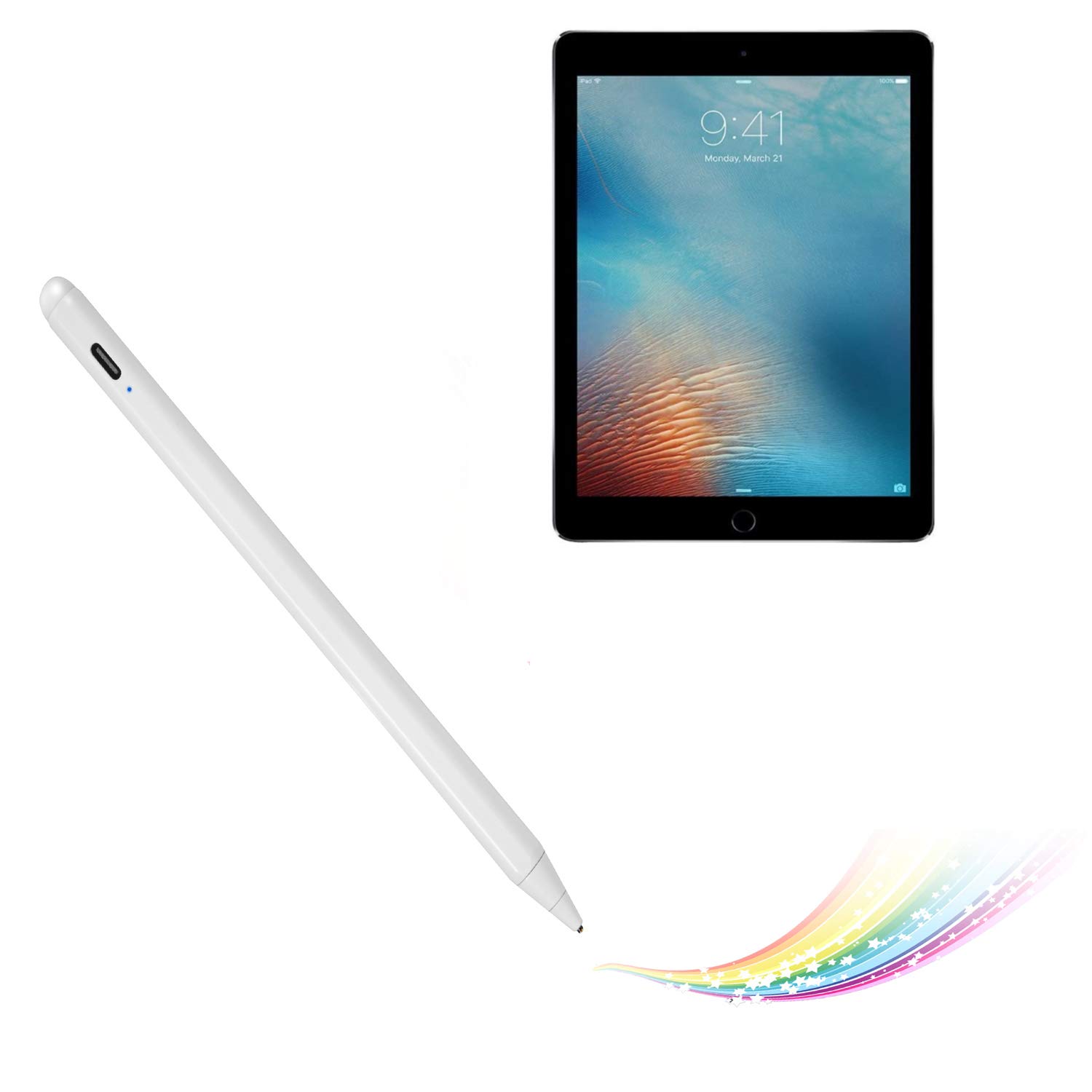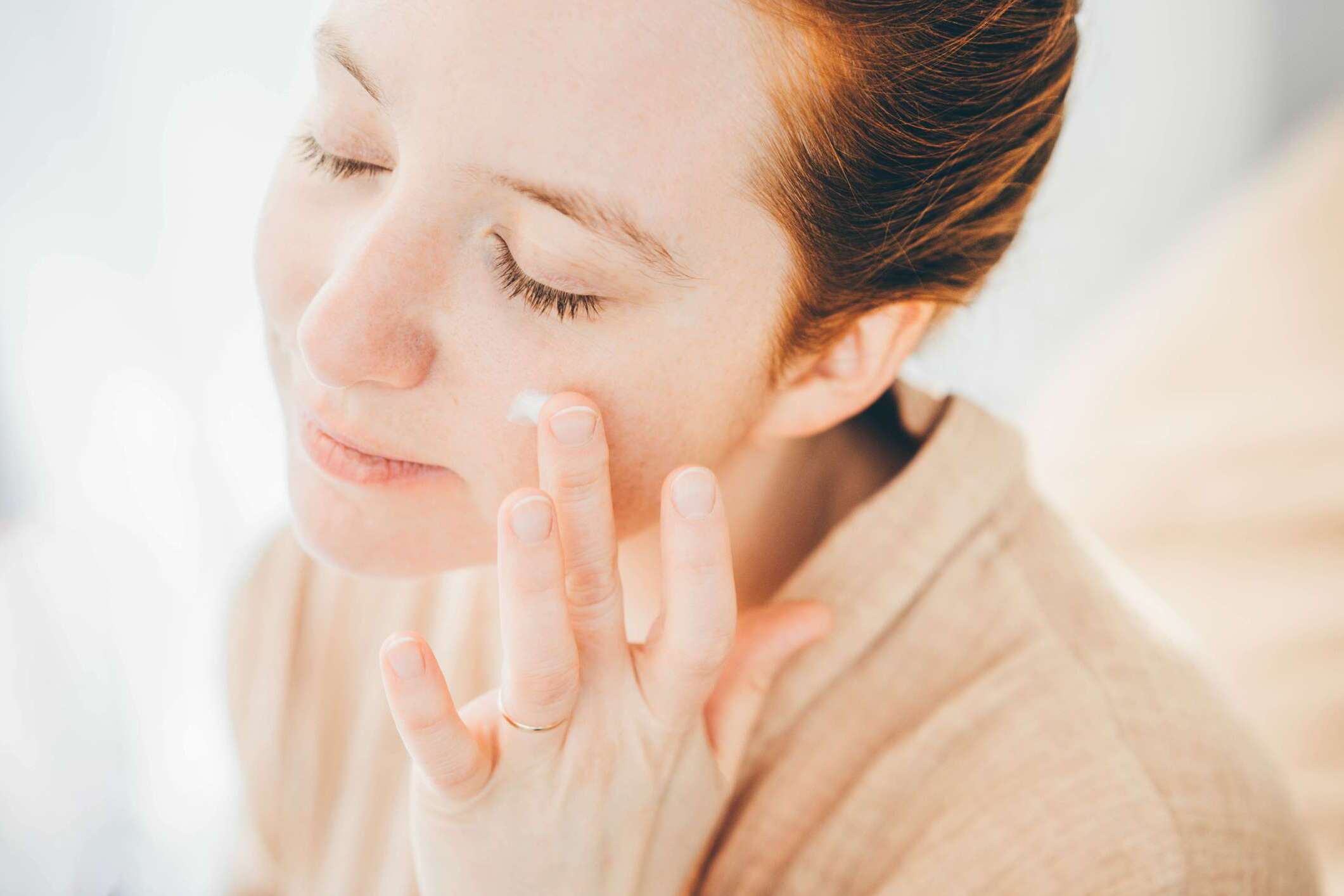
When it comes to taking care of babies, one essential item that is undoubtedly a must-have is diapers. Diapers play a crucial role in keeping our little ones dry, comfortable, and protected from leaks throughout the day and night. But did you know that there are many interesting facts about diapers that you may not be aware of?
In this article, we will explore 19 fascinating facts about diapers that will provide you with a deeper understanding of this essential baby product. From the history of diapers to the different types available on the market today, we will delve into all aspects of this everyday necessity. So whether you’re a new parent, a soon-to-be parent, or just curious about the world of diapers, get ready to be surprised by these intriguing facts!
Key Takeaways:
- Diapers have a long history, from ancient grass and animal skins to modern eco-friendly options. They play a vital role in keeping babies dry and comfortable, and parents have many choices to suit their needs and preferences.
- Disposable diapers were first introduced in the 1940s, revolutionizing child care. They have evolved significantly over time, with options for overnight use, wetness indicators, and even subscription services.
The invention of the disposable diaper revolutionized child care.
Before the advent of disposable diapers, parents predominantly used cloth diapers to keep their little ones dry and comfortable.
Diapers have come a long way throughout history.
From ancient civilizations using grass and animal skins to modern-day disposable and eco-friendly options, diapers have evolved significantly over time.
Disposable diapers were first introduced in the 1940s.
Marion Donovan, an American housewife, invented the first disposable diaper by combining a waterproof covering and an absorbent pad.
The average baby will go through about 2,500 to 3,000 diapers in their first year.
That’s a lot of diaper changes for new parents to handle!
Diapers can be a significant expense for families.
On average, parents can spend thousands of dollars on diapers from birth until their child is potty-trained.
Cloth diapers are making a comeback.
With growing environmental consciousness, many parents are opting for reusable cloth diapers as a more sustainable option.
Disposable diapers can take up to 500 years to decompose in landfills.
These long decomposition times contribute to the environmental concerns surrounding disposable diapers.
The United States alone generates over 20 billion diapers a year.
That’s a staggering amount of waste that ends up in landfills.
Diaper rash is a common concern for babies.
Keeping the diaper area clean and dry can help prevent and treat diaper rash effectively.
Some diapers are designed specifically for overnight use.
These diapers have extra-absorbent materials to keep babies dry throughout the night.
Many diapers now come with wetness indicators.
These color-changing strips or patterns can help parents know when it’s time for a diaper change.
Reusable swim diapers are available for little ones who love the water.
These swim diapers are designed to keep accidents contained while babies enjoy their time in the pool or at the beach.
Diapers have adjustable closures.
Whether they have adhesive tabs or snap buttons, these closures allow for a customized fit as babies grow.
The development of ultra-thin diapers has made them more discreet and comfortable.
Gone are the days of bulky and uncomfortable diapers.
Some diaper brands offer subscription services.
Parents can have diapers conveniently delivered to their doorstep on a regular basis.
Parents have different preferences when it comes to choosing between cloth and disposable diapers.
Factors such as convenience, environmental impact, and cost influence this decision.
Diapers are available in various sizes to accommodate babies of different ages and weights.
From newborn to toddler sizes, there’s a diaper for every stage of a baby’s growth.
Babies can start wearing pull-up style diapers as they approach potty training.
These diapers are designed to be more like underwear, allowing for easier transition during the potty training process.
Diapers have undergone extensive testing to ensure they meet safety standards.
Manufacturers conduct rigorous testing to ensure diapers are free from harmful chemicals and safe for babies to use.
Conclusion
In conclusion, diapers are a vital part of parenting and have come a long way over the years. From their humble beginnings as simple cloth coverings to the modern disposable versions we use today, diapers play a crucial role in keeping babies clean, dry, and comfortable. With their absorbent materials and advanced features like wetness indicators and adjustable fit, diapers have revolutionized the way we care for infants.
Understanding the facts about diapers is important for every parent. From the environmental impact of disposable diapers to the importance of proper diapering techniques, being informed empowers parents to make the best choices for their little ones. So next time you change a diaper, remember the incredible journey these everyday essentials have undergone and the convenience they bring to parents worldwide.
FAQs
1. How often should I change my baby’s diaper?
It is recommended to change your baby’s diaper every 2 to 3 hours or whenever it becomes soiled or wet to prevent discomfort and diaper rash.
2. Are disposable diapers better for the environment than cloth diapers?
While cloth diapers are reusable and reduce waste, disposable diapers have a lower impact in terms of water and energy usage during the manufacturing process. However, disposable diapers contribute to landfill waste. It’s ultimately a personal choice, but there are eco-friendly diaper options available.
3. How can I prevent diaper rash?
To prevent diaper rash, it’s important to change your baby’s diaper frequently, use a diaper cream or ointment to create a barrier between the diaper and the skin, and allow for diaper-free time to let the skin breathe.
4. Are there any special considerations for newborn diapers?
Newborns have sensitive skin, so it’s essential to choose diapers specifically designed for their delicate needs. Look for newborn-sized diapers with a soft and breathable texture to keep your little one comfortable.
5. Can diapers cause allergies or sensitivities?
Sometimes babies may experience allergies or sensitivities to certain diaper brands or materials. If you notice any redness, irritation, or discomfort, it’s best to switch to a hypoallergenic or fragrance-free option and consult your pediatrician if the issue persists.
Diapers play an essential role in every baby's life, but choosing the right one can be overwhelming. Whether you prefer the convenience of disposables or the eco-friendliness of cloth diapers, there are plenty of options to suit your needs. For those seeking a touch of luxury, consider investing in a stylish Gucci diaper bag to carry all your baby essentials. If you're on the hunt for the perfect diaper bag, check out our top 6 picks that combine functionality and fashion. And if you're looking for a reliable, high-quality diaper brand, give Rascal And Friends diapers a try – your little one will thank you!
Was this page helpful?
Our commitment to delivering trustworthy and engaging content is at the heart of what we do. Each fact on our site is contributed by real users like you, bringing a wealth of diverse insights and information. To ensure the highest standards of accuracy and reliability, our dedicated editors meticulously review each submission. This process guarantees that the facts we share are not only fascinating but also credible. Trust in our commitment to quality and authenticity as you explore and learn with us.


